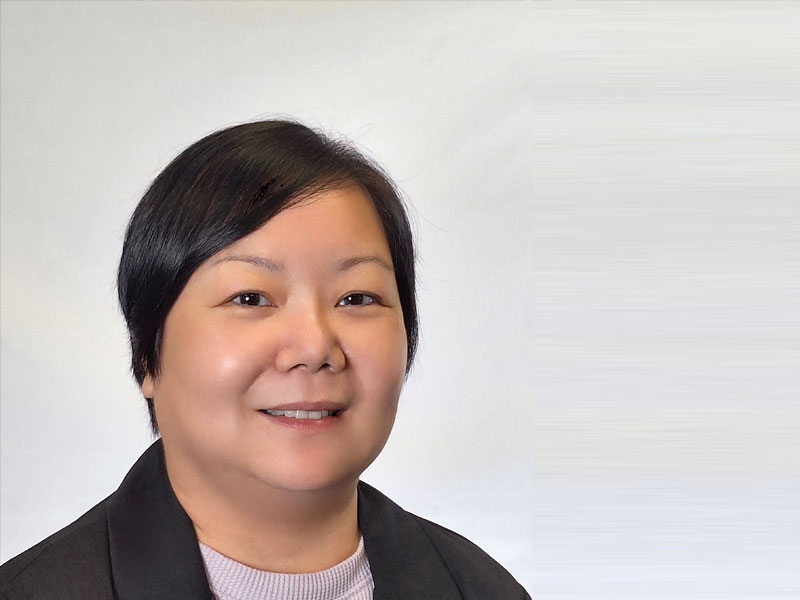Introduction:
In my journey of being a simulation-based educator spanning over a decade, I’ve always recognized the pivotal role of pre-simulation preparation (PSP) in unlocking the full potential of learners during Simulation-Based Learning (SBL). I’ve witnessed a myriad of experiences.
Challenges
It hasn’t always been smooth sailing, though. I distinctly remember those moments when I was struck by the apprehensive looks on participants’ faces as they entered the simulation laboratory for an immersive simulation session. Additionally, I couldn’t help but notice a certain hesitancy among the learners to step up and volunteer for the simulation scenarios. It was clear they weren’t adequately prepared for the SBL.
Fuelled by enthusiasm, I embarked on a quest to find peer-reviewed journal articles that I believed could equip our students with the knowledge and skills essential for a successful simulation experience. I meticulously uploaded these resources to our Learning Management System (LMS), accompanied by regular reminders, hoping that they would dive into these valuable materials and get themselves prepared.
However, reality had its own script in mind. Despite my best efforts, I found myself in a situation where only a fraction of the students, usually less than 5%, had taken the initiative to engage with the journal articles before our simulation sessions.
A Lesson learnt
Amid these challenges, I felt compelled to delve deeper into the world of simulation literature. I recognized the need to find evidence-based strategies to enhance the delivery of PSP. It was a journey of reflection and research, one that would ultimately lead to transformative insights.
I turned to organizations like INACSL (International Nursing Association for Clinical Simulation and Learning) for essential guidelines on PSP. Their resources provided a solid foundation, but the real puzzle was how to make this information not only accessible but also appealing to our learners.
I soon realized that the key to overcoming the reluctance of our students lay in engaging them actively in the preparation process. Most PSP are asynchronous, which underscores the importance of the design to ensure the learners’ needs are met in the absence of an instructor. This required PSP to be not just informative but also genuinely engaging. Here are some strategies I’ve employed:
- A Well-Defined Structure of PSP (Figure 1): We crafted a structured PSP that encompassed “must have” elements, including the following:
- an e-orientation of the simulated environment using visual presentations, such as videos and pictures, and instructions on how to use the equipment;
- learning objectives and participants’ roles;
- an introduction to the patient through educational Electronic Medical Records (EMR);
- a concept map for the patient care;
- a review of essential knowledge and skills relevant to the simulation;
- readily accessible templates, e.g., clinical report taking templates; and
- knowledge-check quizzes.

Figure 1 Structure and Interface of a PSP on “Pre & Post-Operative Nursing Care” for first year nursing students.
- Leveraging on Interactive e-Learning Software: Acknowledging the shortcomings of static documents or relying solely on passive actions like clicking “Next” or scrolling, which often fail to engage learners actively, we sought to make the PSP engaging through interactive e-learning materials. Platforms like Articulate Storyline empowered us to design captivating and interactive content, even for those without extensive IT expertise.
- Incorporate Expert Modelling Videos: Recognizing the demand from learners for expert guidance, we integrated videos showcasing experienced professionals performing various nursing procedures. These step-by-step instructions and insights aided students in grasping correct techniques and procedures before their hands-on practice in a simulation environment.
- Use Audio-Visual Materials: Acknowledging that 65% of students are visual learners, we incorporated audio-visual presentation tools to enhance the assimilation of learning material. This approach not only facilitated better understanding but also improved memorization, delivery, and overall retention.
- Make PSP an “Entry Ticket” to Simulations: To encourage participation and ensure preparedness, we implemented the concept of PSP as an “entry ticket” to simulation sessions. This policy helped emphasize the importance of PSP and underscored consequences for learners who attended simulation experiences without completing the requisite preparations.
Following the development and implementation of our interactive Pre-Simulation Preparation (PSP) program, I have keenly observed a transformative shift in the dynamics of our simulation-based learning environment. The changes are palpable, and their impact resonates deeply:
- Increased Volunteer Participation: One of the most noticeable transformations is the surge in volunteer participation. No longer burdened by uncertainty, our students now stepped forward willingly to engage in simulation scenarios.
- Diminished Apprehension: The apprehensive expressions that had once greeted the simulation laboratory have noticeably dwindled. Students walk into the simulation laboratory with a sense of purpose and confidence.
- Enhanced Engagement in Debriefing: During post-simulation debriefing sessions, I have observed a notable increase in engagement and participation. Students are no longer passive observers, but active contributors to discussions.
Conclusion
As I reflect upon this journey, one thing remains resolute—the indomitable spirit of exploration and adaptation in the face of challenges. In this journey, the challenges have become stepping stones, and each lesson learned is a beacon guiding us toward excellence in simulation-based education. Through innovative engagement strategies and a resolute commitment to enhancing the PSP experience, we embarked on a mission to transform apprehension into anticipation, hesitation into enthusiasm, and passivity into active engagement.





